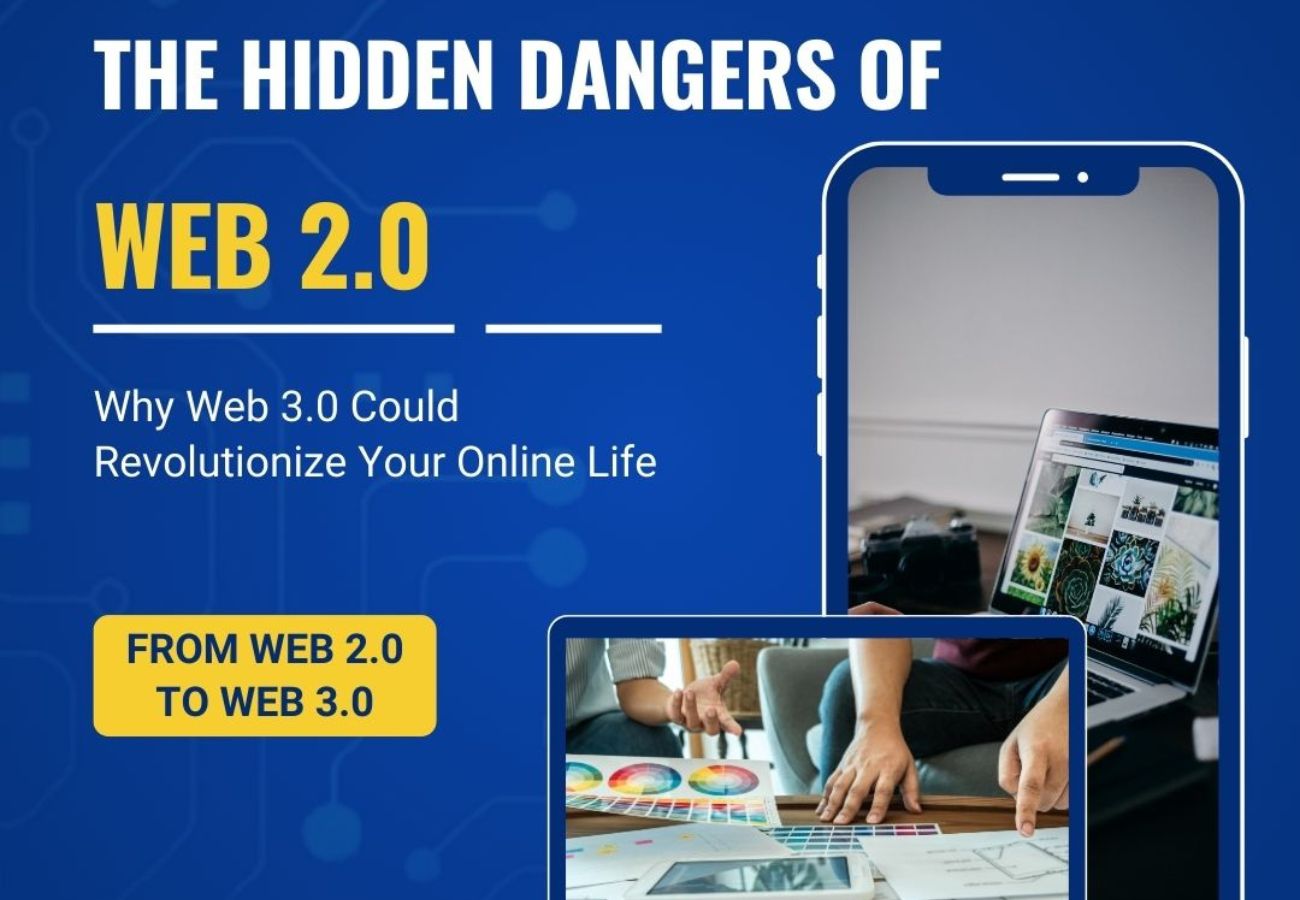The Hidden Dangers of Web 2.0: Why Web 3.0 Could Revolutionize Your Online Life
Introduction: The internet has transformed our lives in more ways than we can count. From social networks to online shopping, Web 2.0—the current version of the web—offers an incredible amount of convenience. Companies like YouTube, Instagram, and Amazon are household names that have made it easier for us to find content, communicate, and shop. However, this ease of use comes at a significant cost: control over our personal data and online presence. This is where Web 3.0 could change the game, offering a new way to make money and reclaim control.
What Is Web 2.0?
Web 2.0 refers to the version of the internet that most of us use today. It’s an interactive web where users can create content, share information, and interact with each other. Platforms like YouTube recommend videos based on your watch history, and online stores show you products you might be interested in based on past purchases. This personalized experience makes navigating the web much more efficient. But while the convenience is undeniable, it comes with strings attached.
The Convenience of Web 2.0—And Its Downside
At first glance, the personalization offered by Web 2.0 seems like a great deal. Who doesn’t love having content and products tailored specifically to their interests? Whether it’s watching a YouTube video recommended just for you or browsing a curated list of items on Amazon, Web 2.0 makes life online smoother and more intuitive.
However, the systems that make Web 2.0 so efficient also pose some serious risks. Every click, every search, and every post you make is tracked and stored by large companies. They use this data not only to enhance your online experience but also to sell to advertisers or other third parties. In Web 2.0, you are the product. Your data is valuable, and it’s often not being used in ways that benefit you directly.
One of the most significant concerns is the potential for data breaches. Companies that control your data may not always protect it adequately, leaving you vulnerable to hackers. Even worse, you don’t actually own the content or connections you make on these platforms. If YouTube, Instagram, or any other service decides to ban or deactivate your account, you could lose all of your followers, content, and potentially even your income.
The Risks of Losing Control
Imagine building a business or a personal brand for years on social media only to lose everything overnight. That’s essentially the risk you take when relying on Web 2.0 platforms to generate income. The platform holds all the power, and you’re at their mercy.
Moreover, the algorithms that control what you see aren’t always transparent. Companies manipulate your feed, deciding which posts from friends you’ll see and what news stories appear at the top. This level of control over information can shape public opinion and even affect your worldview without you realizing it.
There’s also the risk to financial security. If hackers gain access to your personal information, they could steal not just your data but also your money. In Web 2.0, your digital identity is not entirely secure, and your financial safety can be compromised.
Is There a Solution?
Web 3.0 offers a promising alternative by decentralizing control and giving users ownership of their data. Instead of relying on a few large corporations to manage the internet, Web 3.0 allows for a more democratic, secure online experience. By leveraging blockchain technology, Web 3.0 enables users to earn and control their assets directly, without the need for middlemen like social media platforms or big tech companies.
In our next article, we’ll explore Web 3.0 in detail, diving into its revolutionary potential to change not only how we interact with the internet but also how we make money online.
Stay tuned for part two of our series, where we’ll explore this exciting shift and how you can benefit from it.
Conclusion
As we continue to rely on the conveniences of Web 2.0, it’s essential to recognize the risks involved. Data breaches, loss of control over personal content, and the potential to lose your income are all very real concerns. While Web 2.0 has made life easier, it may not be the safest option for the future. Have you ever worried about losing your social media accounts or having your personal data stolen? How do you balance the ease of use with the risks? Feel free to share your thoughts in the comments!


1 thought on “The Hidden Dangers of Web 2.0: Why Web 3.0 Could Revolutionize Your Online Life”